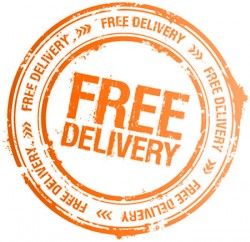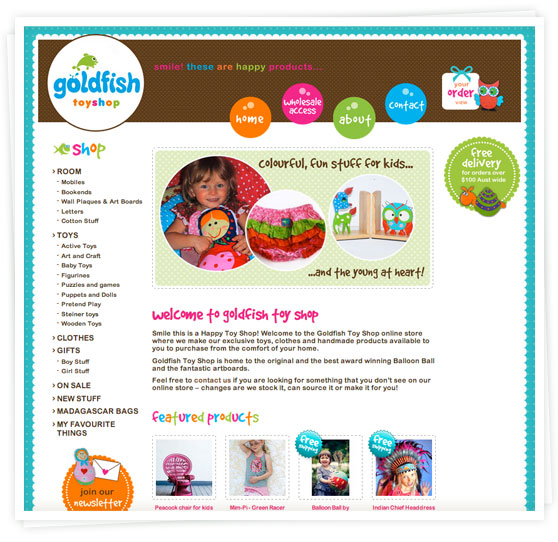 The explosion of social networks in recent years gives you access to millions of people all over the world right from your desk. And all for the price of… well, nothing actually. Nada. Zip.
The explosion of social networks in recent years gives you access to millions of people all over the world right from your desk. And all for the price of… well, nothing actually. Nada. Zip.
Google has been tweaking its algorithms lately (the way it rates your online content for search) and has put far more emphasis on social media goings on. So the more you are out there talking, and being talked about, the better your rankings in search results could be.
All of the social networks mentioned below allow you to set up a business page or account for free, post text, pictures and even video, and interact with other people around the world. That’s a great way to promote your ecommerce website!
If your potential customers use any of these platforms, you should be there too.
Grab a Google+ business page
The number of businesses on Google+ is growing fast; probably due to the way the mothership ranks Google+ activity in its search results.
Google has made this network the place to connect with people with similar interests and share relevant topics.
If you have a physical store, don’t forget to claim your Google+ local listing.
Formulate a Facebook business page
Facebook has surpassed 1 billion users and is the most popular social network on the planet.
If you want to add a more sociable and shareable element to your business, Facebook is a good option. It is a place where people to hang out and have fun, so watch you don’t get too officious and markety.
Launch a LinkedIn company page
LinkedIn is the go-to place for professional networking. You can also create a company page to promote your products and services and post news updates.
One of its most valuable features is the networking groups. There are literally thousands you can join, from crochet to cryogenics and all points in between. If there’s not one already that’s right for you – make your own!
Take up on Twitter
Twitter is great for sharing quick, short updates as posts are limited to 140 characters.
It’s a good positioning tool and is often used by business as a customer service channel because of its speed and accessibility.
Pinup on Pinterest
This highly visual network attracts a very active and mostly female community. By creating a business presence on Pinterest, you can be inspired by photos from around the web as well as using it as a billboard for your own products.
Instigate Instagram
Here’s another visually rich community. There are over 100 million active users on Instagram, furiously snapping and creating beautiful images
Free, yes. But there’s a catch…
All this free publicity and access to new markets takes time and energy. You could spend hours every day on it if you let yourself.
Make each interaction count and invest your time in the ones that your target markets gravitate towards.


 I know what you’re thinking… “Oh no, not another social network!” But if you want to
I know what you’re thinking… “Oh no, not another social network!” But if you want to